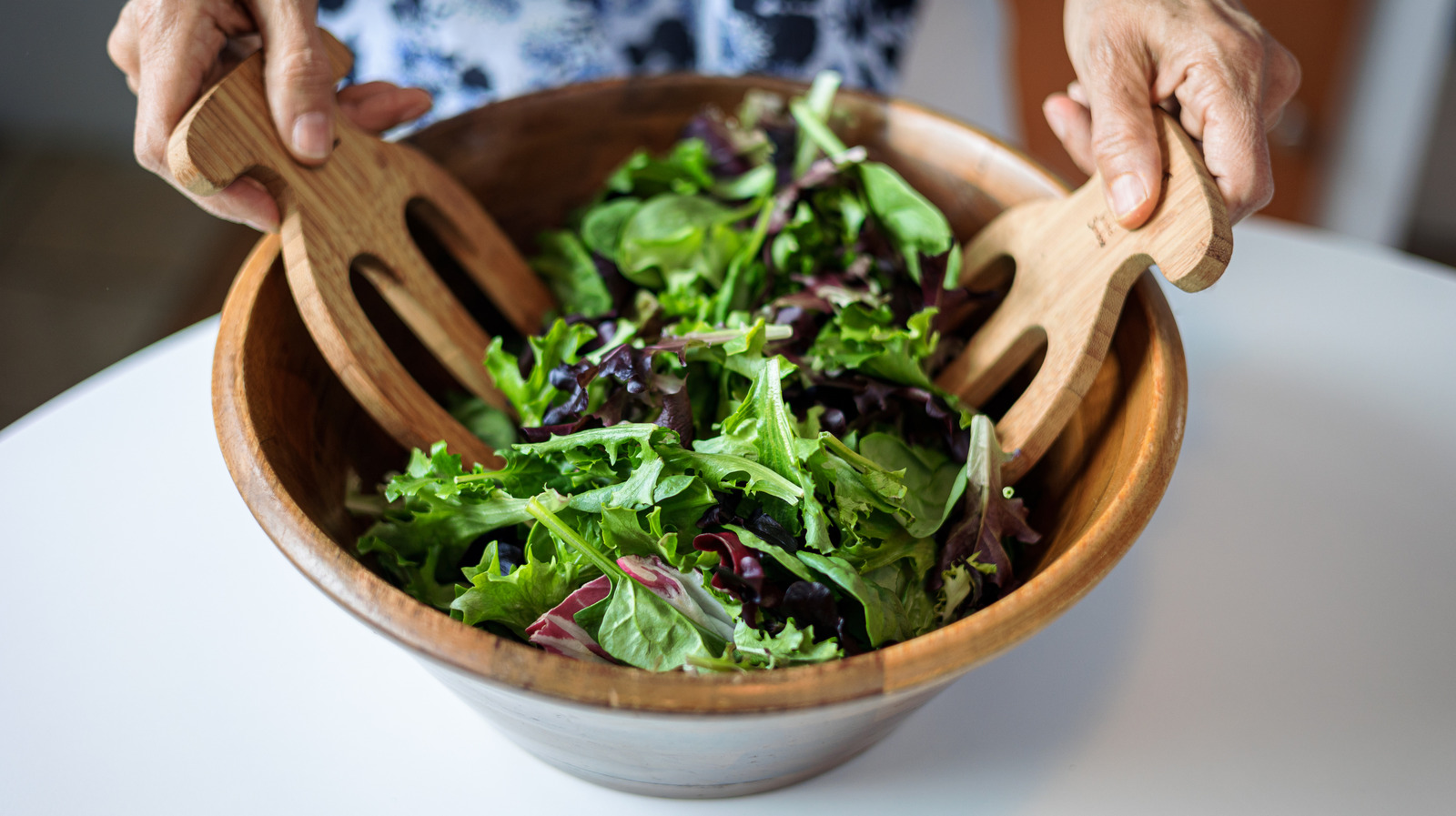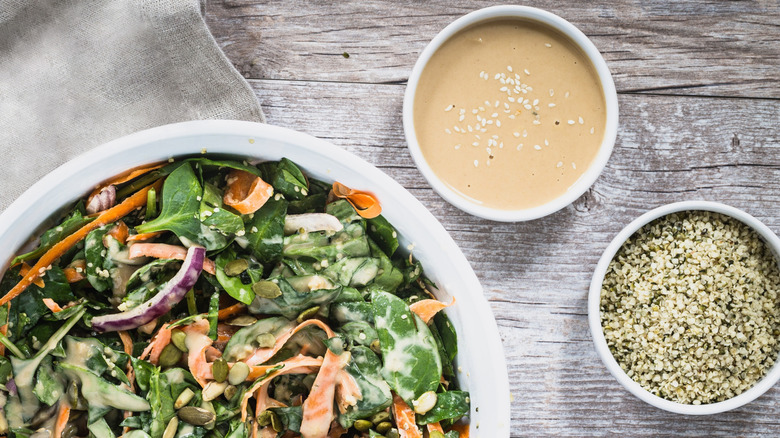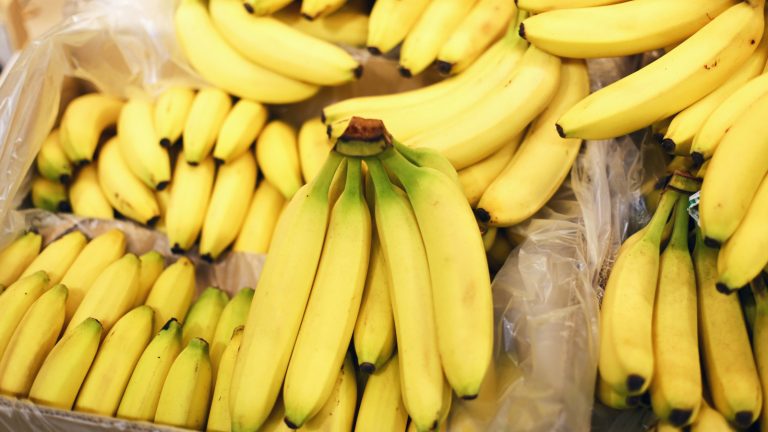Learning to make salad dressing at home is like unlocking a new level in life. With just a few ingredients you probably already have stocked in your pantry, you can whip up a delicious dressing tailor-made to your tastes. Olive oil, vinegar, and salt are essential, but there’s one creamy condiment that can take your healthy meal prep to new heights: tahini.
Tahini is a creamy sesame paste that originates from the Mediterranean and Middle East. If you’re unfamiliar, it’s made from ground sesame seeds, oil, and salt, and tastes like a richer, earthier nut butter. A jar of tahini can stay fresh for a surprisingly long time and works well as both a savory, saucy condiment and as a slightly more bitter peanut butter dupe in cookies and other baked goods. In salad dressing, tahini’s nutty, umami flavor gives your light and airy salad greens a nuanced depth of flavor and a heartier mouthfeel. Plus, compared to many vinegar or mayonnaise-based dressings, there’s great nutritional value to tahini, too. Tahini is a rich source of fiber, protein, and even calcium. So while it adds helpful fats to your emulsified dressing, your body will thank you for the healthy boost as well.
How to build the best tahini salad dressing
Texturally, tahini is already smooth, rich, and creamy, so it doesn’t take much to combine it with other ingredients for a salad dressing. A blender, food processor, or even a whisk will do the trick. Also, because tahini is already oily, there’s no need to add olive oil to your dressing mixture (although you can add a dash of sesame oil if you like the taste). The only downside to tahini’s consistency is that it needs a good stir before using — otherwise, you may get more oil than paste. Helpfully, some brands sell tahini in squeeze bottles if you’d rather skip that step.
To balance tahini’s earthy, umami taste, the next most important component by volume is acidity. White vinegar, rice vinegar, apple cider vinegar, and lemon or lime juice all work well to brighten the nutty, bitter flavor. Tahini is also less salty than peanut butter, so a splash of a salty condiment like soy sauce or tamari is especially helpful. Otherwise, whisk in salt to taste. Once you’ve built the base of your dressing, you can play with a few added flavors like minced garlic, ginger paste, or sambal oelek for spice. After you’ve given your mixture a taste and deemed it delicious, the dressing will keep in the refrigerator for a few days. Use it on everything from hearty green salads to roasted vegetables to rice bowls and see if you ever feel the need to purchase store-bought dressing again.





